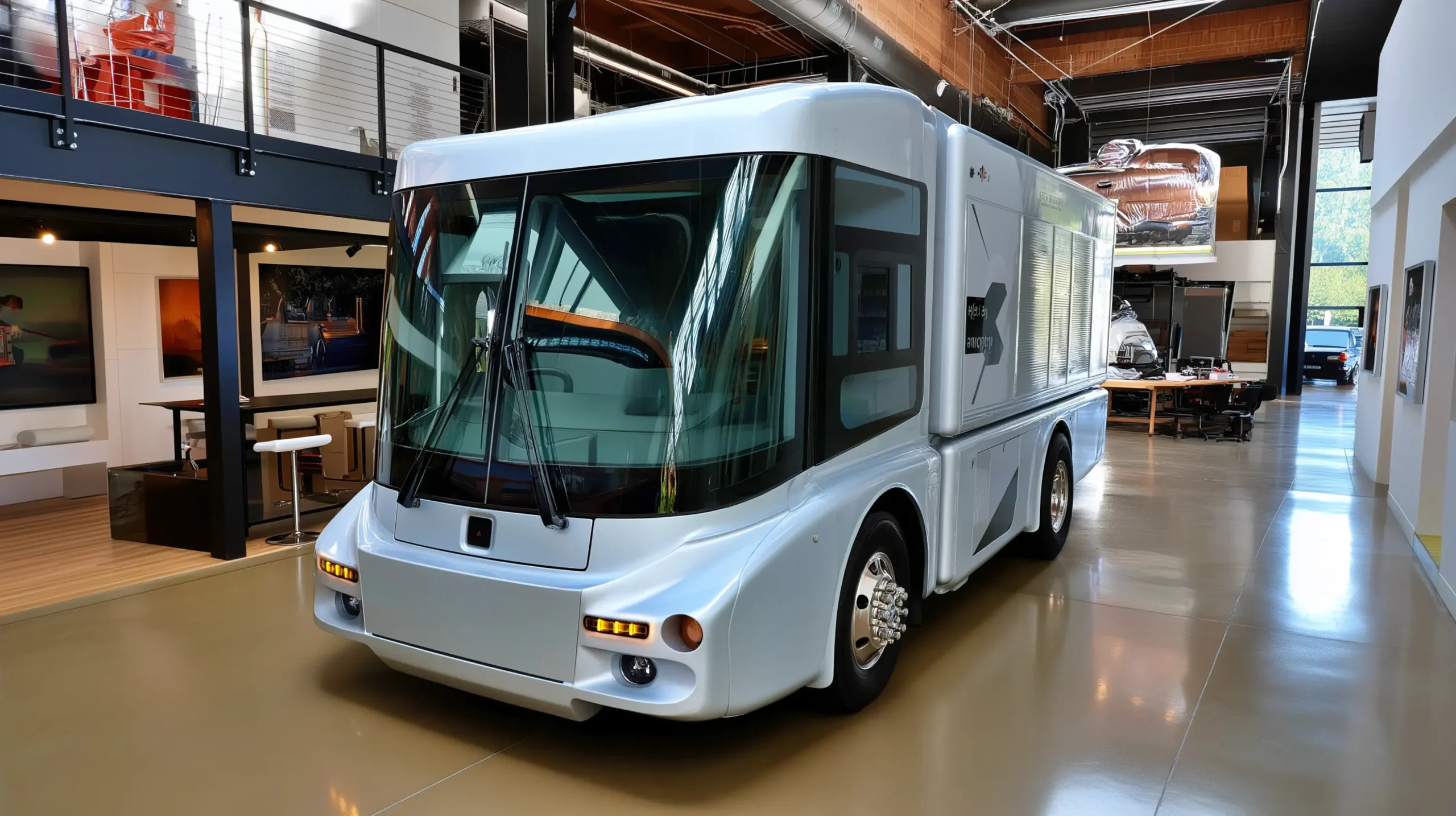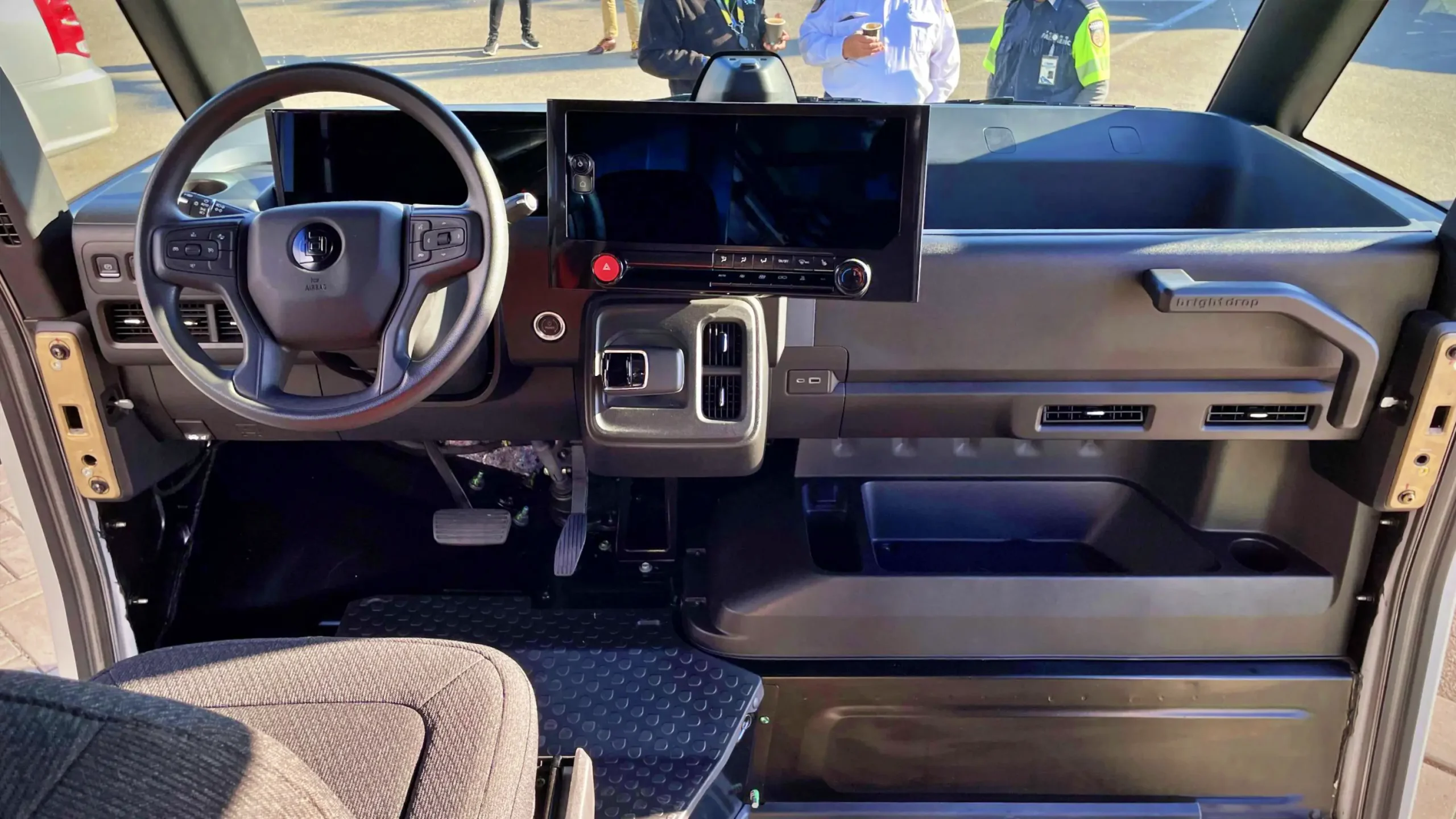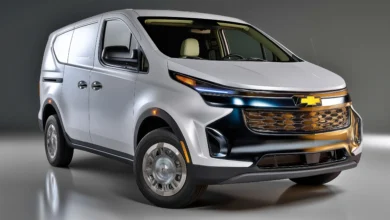2026 Chevrolet BrightDrop Zevo 400: Specs, Features, and Full Review
2026 Chevrolet BrightDrop Zevo 400
The landscape of urban logistics and last-mile delivery is undergoing a seismic shift, and leading the charge under the familiar bowtie banner is the2026 Chevrolet BrightDrop Zevo 400.
Originally launched under GM’s dedicated BrightDrop commercial EV brand, the Zevo lineup has now strategically integrated into Chevrolet’s extensive network, making these purpose-built electric workhorses more accessible than ever for sales and service.

As we look towards the 2026 model year, the Zevo 400 – the shorter-wheelbase sibling to the larger Zevo 600 – isn’t just carrying packages; it’s holding the weight of expectations for businesses seeking efficient, sustainable, and driver-friendly delivery solutions.
This isn’t merely an electric van; it’s a mobile office, a warehouse on wheels, and, potentially, a significant cost-saver.
Let’s dive into what makes the 2026 Zevo 400 tick and review its place in the rapidly electrifying commercial vehicle market.
Design: Form Follows Function, Electrified
From the outside, the Zevo 400 presents a clean, modern aesthetic that breaks from the traditional, often clunky look of combustion-engine delivery vans.
Slim LED headlights, available Smoked Amber roof markers, and smooth body panels signal its electric underpinnings.
But this isn’t about vanity; it’s about practicality. The design facilitates easy movement in tight urban spaces.
Step inside – easily, thanks to a notably low step-in height designed to reduce driver fatigue over dozens of daily entries and exits – and the focus on utility continues.
The dashboard and controls borrow heavily from the GM parts bin (think Silverado or Bolt EV), translating to familiarity and proven ergonomics.
Don’t expect luxury car plushness; this is a workspace. Durable materials, straightforward layouts, and ample headroom and legroom for two occupants (driver and passenger jump seat) prioritize function.
The real business happens behind the front seats. The Zevo 400 boasts a significant412.1 cubic feet of cargo volume.
Access is typically via a standard roll-up rear door, ideal for curbside deliveries. The cargo bay features an anti-slip floor covering, integrated tie-downs, and bright, motion-sensing LED lighting – small details that make a big difference during a busy shift.
Furthermore, the Zevo platform is designed with upfitters in mind, allowing for extensive customization to suit specific trade or delivery needs.
Performance Review: Powering the Last Mile
Built on GM’s robust Ultium battery platform, the Zevo 400 offers tangible performance tailored for commercial duty. For 2026, powertrain choices cater to different needs and budgets:
- Front-Wheel Drive (FWD): A single motor drives the front wheels, producing around 233-240 horsepower and 300 lb-ft of torque. This setup is often preferred for predictability, potentially better efficiency in some conditions, and a slight payload advantage (up to 3,710 lbs).
- All-Wheel Drive (AWD): A dual-motor setup adds a motor to the rear axle, bumping combined output to a potent 300 horsepower and 390 lb-ft of torque. This provides enhanced traction in slippery conditions or on varied terrain, though it slightly reduces the maximum payload capacity (around 3,480-3,580 lbs, depending on configuration).
On the road, the instant torque characteristic of EVs makes the Zevo 400 feel responsive, easily merging into traffic even when loaded.
Its relatively compact dimensions (compared to the 600) enhance maneuverability in congested city centers.
Features like One-Pedal Driving maximizes regenerative braking, sending energy back to the battery during deceleration and simplifying the driving experience.

Battery, Range, and Charging: The Crucial EV Equation
Range anxiety is a major consideration for fleet managers. Chevrolet addresses this by offeringthree distinct battery options for the 2026 Zevo 400:
- Standard Range: Utilizes a 14-module Ultium pack, delivering an estimated combined range likely around the172-178 mile mark (based on previous model year EPA estimates, final 2026 figures may vary). Ideal for predictable, shorter urban routes.
- Extended Range (New for 2026): This mid-tier option bridges the gap, offering an estimated204 miles of range, providing more flexibility without the cost of the largest battery.
- Max Range: Employs a larger 20-module pack (AWD likely required), pushing the estimated combined range towards272-286 miles. Suitable for longer routes or operations in colder climates where range can be reduced.
Businesses must analyze their daily mileage needs to select the appropriate battery, balancing range requirements with budget.
Charging is equally critical. The Zevo 400 supports DC fast charging at rates up to120 kW. Under ideal conditions, this adds approximately 160 miles of range per hour, minimizing downtime during a busy day if a mid-shift top-up is needed.
Level 2 AC charging is standard for depot charging, likely at 11.5 kW (sufficient for overnight replenishment). Selecting the new Power Offboarding feature adjusts the standard AC charging capability.
Technology & Safety: A Smarter, Safer Workday
The Zevo 400 integrates modern tech effectively. An11.3-inch central infotainment touchscreen runs Google Built-In, offering native Google Maps, Google Assistant, and app access via the Google Play Store.
Wireless Apple CarPlay and Android Auto are standard, with an 11-inch digital driver information display. Connectivity features like a Wi-Fi hotspot and OnStar telematics capabilities provide fleet management potential.
New for 2026 is the optionalPower Offboarding feature. This essentially turns the Zevo 400 into a mobile power source, providing up to 7.2 kW of AC power – enough to run tools, equipment, or even charge devices directly from the vehicle’s battery, a potential game-changer for mobile service businesses.
Safety is paramount in commercial vehicles. Chevrolet equips the Zevo 400 with a comprehensive standard suite of driver-assistance systems (Chevy Safety Assist), including:
- Automatic Emergency Braking (AEB)
- Front Pedestrian Braking
- Lane Keep Assist with Lane Departure Warning
- Forward Collision Alert
- Following Distance Indicator
- IntelliBeam Automatic High Beams
- Front and Rear Park Assist
Available upgrades further enhance safety with features like Blind Zone Steering Assist, Rear Cross Traffic Braking, HD Surround Vision, and Adaptive Cruise Control. These systems protect the driver and contribute to lower insurance premiums and repair costs for fleets.
Living With It: The Fleet Perspective
Transitioning to electric brings considerations beyond the initial purchase price (which, for the 2025 model, started competitively around $78k, undercutting some rivals like Rivian).
The primary allure is the potentialTotal Cost of Ownership (TCO) reduction. Eliminating fuel costs, reducing maintenance (fewer moving parts, no oil changes), and leveraging available government incentives (like the California HVIP offering up to $7,500) can lead to significant long-term savings compared to traditional diesel or gasoline vans.
The integration into the Chevrolet brand is a major practical advantage. Access to Chevy’s vast dealer network simplifies purchasing, routine maintenance, and necessary repairs – a crucial factor for minimizing fleet downtime.
While a minor recall affected a handful of early Zevo units (including just one Zevo 400) for a steering shaft issue in March 2025, the swift identification and fix, and GM’s manufacturing scale provide reassurance.
Compared to the Ford E-Transit or the Rivian Commercial Van, the Zevo 400 has competitive range options, strong payload capacities (especially the FWD variant), a comprehensive standard safety suite, and the backing of GM’s extensive network.
Charging Ahead in Commercial EV
The2026 Chevrolet BrightDrop Zevo 400 represents a mature and compelling option for businesses ready to electrify their urban delivery and service operations. It blends practical, driver-focused design with robust EV performance, versatile range options, and cutting-edge safety technology.
Adding the Extended Range battery and the innovative Power Offboarding feature for 2026 further enhances its versatility.
While the initial investment remains higher than traditional vans, the potential TCO benefits, zero tailpipe emissions, and the operational advantages offered by a dedicated EV platform present a strong business case.
Now firmly under the Chevrolet umbrella, the Zevo 400 is poised to become a common sight on city streets, quietly and efficiently powering the future of commerce, one delivery at a time.
For fleets looking to modernize, decarbonize, and potentially boost their bottom line, the 2026 Zevo 400 demands serious consideration.

